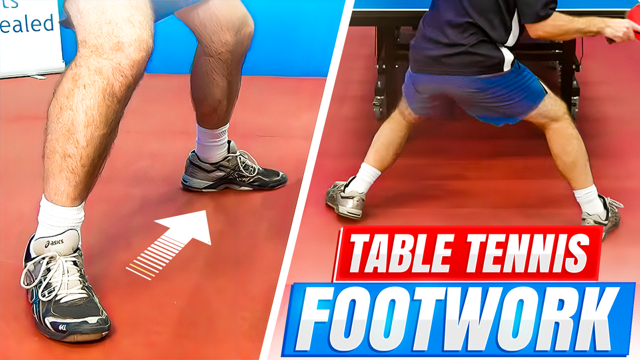Footwork steps to use in different situations
Footwork
Arnon Thaicharoen Asked 14 years ago
Hi Alois and Jeff,
I had a match today and someone pointed out to me that my footwork seemed forced and unnatural. After checking out your master class videos relating to footwork, I think I find out what my problem is.
I tried to use jumping steps for nearly every movement, reserving the cross-over step for the really wide balls. Side shuffle is not used at all. I think this is my own misinterpretation.
So I want to ask you if my new assumption about footwork steps is correct:
Short movement coupled with fast ball -> jumping step
Wide balls -> cross-over step
The rest -> side shuffle
Regards,
Arnon
 Alois Rosario Answered 14 years ago
Alois Rosario Answered 14 years ago
Hi Arnon,
That is a reasonable summary. You can use the jumping in most cases because most movements are able to be reached in one jump.
The shuffle step can be used in most other cases. You should only use the cross over step when absolutely because it will leave you in a vulnerable position for the next ball.
Recommended Video
Footwork Basics
Good footwork is the foundation of a strong table tennis game. In this video, we break down the essential steps to move efficiently and stay balanced during rallies.
✅ Key Footwork Tips You'll Learn:
- ✔️ How to bend your knees and position your feet correctly
- ✔️ The shuffle step—jumping while keeping your feet the same width apart
- ✔️ A simple step-by-step drill to improve movement and positioning
- ✔️ How to progress from single-ball drills to faster multi-ball exercises
By jumping into position and stopping, you ensure a stable base before playing each shot—leading to better accuracy and control.
Watch NowThoughts on this question
Become a free member to post a comment about this question.

Arnon Thaicharoen Posted 14 years ago
Thanks Alois.
From your answer, in order of preference, when applicable:
1. Jumping step: because it's fast and you don't lose your balance so you can play the strokes as soon as you land. Sometimes I see top players used two or more jumping steps in succession instead of shuffle step but I assume their legs were well conditioned, not like us mere mortals.
2. Shuffle step: when the ball is too far to confortably jump and you have time to spare.
3. Cross-over step: when the ball is too far for shuffle step.